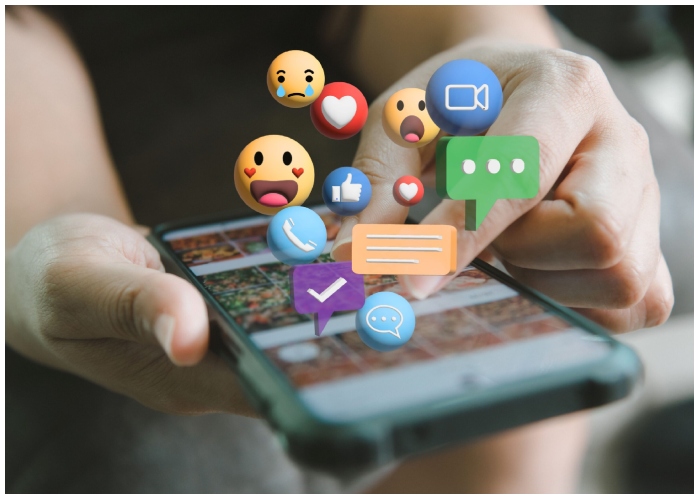Open Instagram. Then TikTok. Then YouTube. Even Spotify. Suddenly, you realize—you’re watching the same type of video over and over. Short clips, trending audio, recycled memes, familiar voices.
If 2025 feels like déjà vu every time you pick up your phone, it’s not your imagination. Social media platforms that once had clear, unique identities have blended into one endless feed. For users, this shift feels less exciting and more exhausting.
How All Apps Became the Same
Not long ago, each app had a distinct purpose.
-
YouTube was for long-form video.
-
Instagram was for photography.
-
Twitter (X) was for quick thoughts.
-
TikTok was for short, creative clips.
Now? They’ve all merged into the same format: short-form vertical video.
-
YouTube has Shorts.
-
Instagram has Reels.
-
Twitter/X pushes video.
-
Even Spotify is testing video previews.
In their race to compete with TikTok, every platform flattened its identity. Instead of standing out, they’ve all started to blur together.
Algorithms Reward Sameness, Not Creativity
The problem runs deeper than design—it’s baked into the algorithms. Platforms don’t reward originality. They reward engagement.

Fast edits, trending audio, and familiar memes perform better than risky, experimental content. So creators are pushed to repeat what works instead of trying something new.
The result? A constant remix of the same ideas. It’s not just boring—it risks cultural stagnation. When algorithms punish creativity, sameness wins every time.
Platforms in Identity Crisis
-
Instagram has shifted from photos to a messy mix of ads, Reels, and random content from strangers.
-
Twitter/X is no longer the text-based town square—it’s chasing video and subscription models.
-
YouTube, once home to vlogs and deep dives, now prioritizes Shorts over long-form content.
-
Even LinkedIn and Reddit are adopting TikTok-like feeds.
In trying to do everything, these apps have lost what made them special. And users are noticing the fatigue.
The User Experience Feels Broken
Apps today are built for retention, not expression. That means:
-
More autoplay.
-
More notifications.
-
More endless scrolling.
But instead of feeling fun, it feels draining. People scroll not because they’re entertained, but because they don’t know how to stop.
It’s not about inspiration anymore. It’s about keeping users stuck in the loop.
The Death of Discovery
One of the best parts of the early internet was discovery. You could stumble upon a weird video, a small artist, or a niche community you’d never find anywhere else.
Today, discovery is curated by recommendation engines that push what’s already popular. Everything feels pre-approved, recycled, and predictable. Instead of opening new worlds, apps reinforce what we already know. And culture can’t thrive in a vacuum of repetition.
Users Want Something Different
In 2025, users are waking up. Many complain about content fatigue and algorithm burnout. Some creators are moving off mainstream platforms and building spaces on:
-
Newsletters
-
Discord communities
-
Private blogs
-
Single-purpose apps like BeReal or Substack
The shift isn’t just nostalgia—it’s about clarity. People want platforms with boundaries and purpose, not apps that try to be everything at once.
Why Apps Need to Get Weird Again
Homogenization might make sense for business, but it kills culture. If every app keeps chasing TikTok’s design and format, we’ll end up with one giant, soulless feed.
The internet wasn’t magical because it was efficient—it was magical because it was weird, surprising, and personal.
For platforms to regain trust and excitement, they need to rediscover what made them unique. Users don’t want another TikTok clone. They want something new. Something bold. Something different.